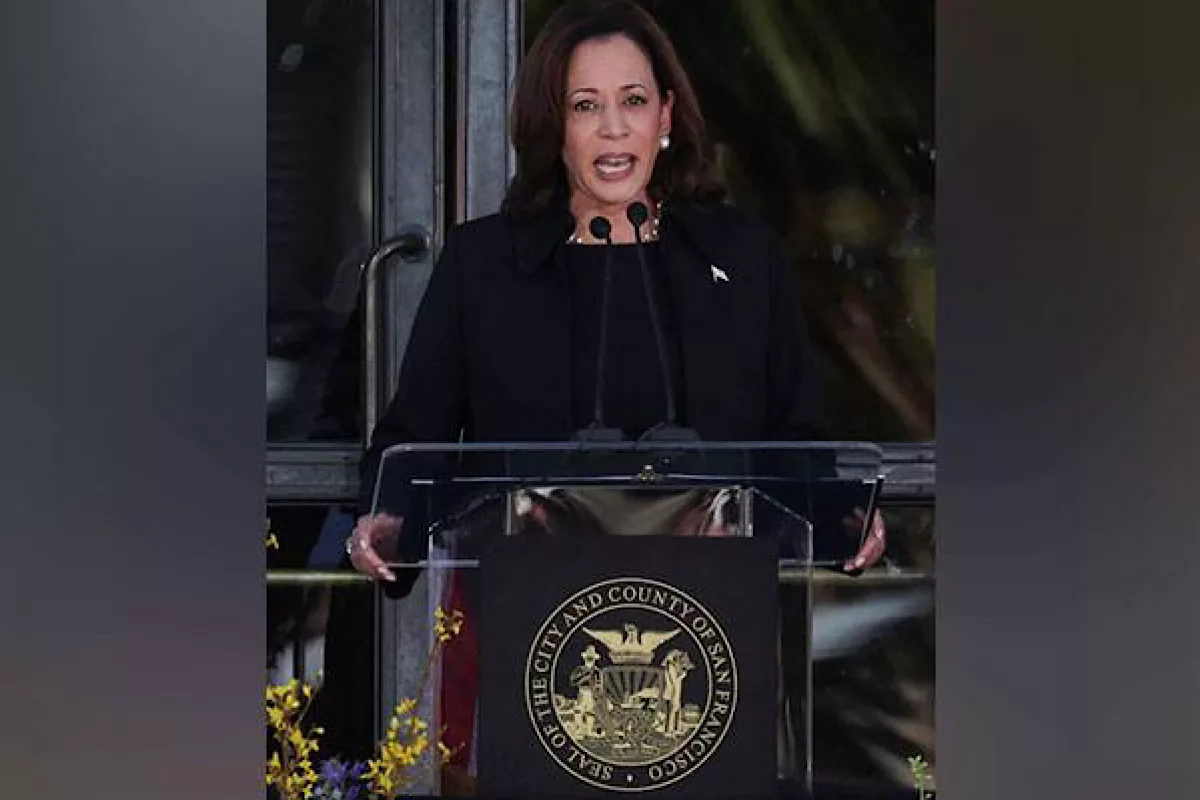Vice President and Democratic Presidential candidate Kamala Harris’s role in addressing the US-Mexico border crisis has placed her in the eye of a political storm. Entrusted by President Joe Biden with tackling the “root causes” of migration from Central America’s Northern Triangle, Ms Harris opted for a longterm, strategic approach that focuses on economic development and regional stability. While this method aligns with her broader vision of sustainable change, it has also made her a target for criticism, particularly from those seeking quick fixes to the complex issue of immigration. Ms Harris’s approach is built on the premise that the best way to reduce migration is to address the factors that compel people to leave their homes in the first place.
By focusing on economic investment in El Salvador, Honduras, and Guatemala, she aimed to create jobs, improve living standards, and ultimately reduce the incentives for migration. This strategy reflects recognition of the fact that migration is not just a border issue but a symptom of deeper systemic problems in the migrants’ home countries. Critics, however, argue that Ms Harris’s approach is too slow to deal with the immediate crisis. As border crossings surged, especially from countries outside the Northern Triangle, her focus on long-term solutions has been portrayed as insufficient in the face of urgent humanitarian concerns. Republicans, in particular, have leveraged the rising numbers to accuse Ms Harris of neglecting the immediate needs at the border, a narrative that has found traction in a political climate hungry for decisive action. The fruits of her efforts ~ such as securing over $5 billion in investment commitments for the region ~ are significant, but they are also incremental.
Advertisement
Economic stability and reduced migration do not happen overnight, and Ms Harris’s strategy was always meant to be a marathon, not a sprint. Moreover, Ms Harris’s work in combating corruption and promoting governance in Central America highlights her understanding that economic investment alone is not enough. By engaging with regional leaders and pushing for reforms, Ms Harris has sought to create an environment where economic opportunities can truly take root and flourish, reducing the push factors that drive migration. The real question is whether American voters, and particularly Ms Harris’s critics, will give her strategy the time it needs to bear fruit.
In a political environment that often prioritises short-term wins, Ms Harris’s long-term approach is a calculated gamble. It reflects her belief that real solutions to migration must go beyond border enforcement and address the fundamental issues that force people to flee their homes. In the end, Ms Harris’s strategy represents a significant shift in how the US addresses migration. Rather than simply fortifying the border, she has chosen to tackle the problem at its source. As the debate over immigration continues to dominate American politics, Ms Harris’s legacy may well hinge on whether her long-term vision can ultimately deliver the stability and security that both the US and Central America desperately need.









